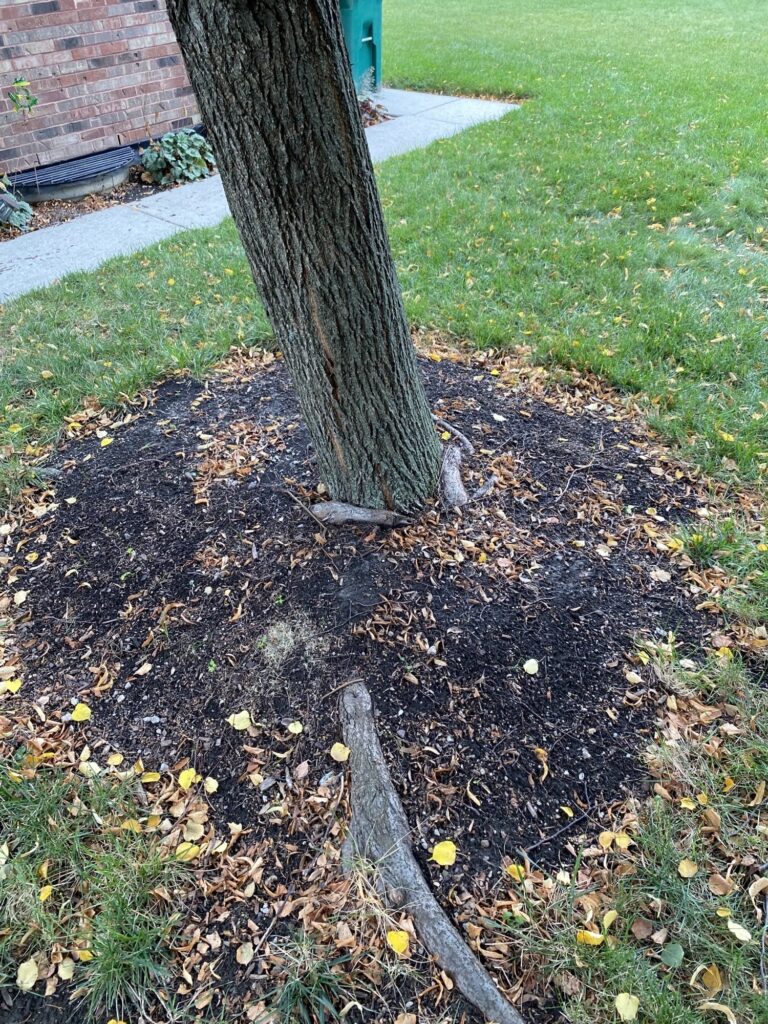Trees play a vital role in our environment, providing us with clean air, shade, and aesthetic beauty. However, like any living organism, trees are susceptible to various health issues, and one common problem they face is root collar disorders. In this blog post, we will explore the causes, symptoms, and solutions to root collar diseases in trees.
Understanding Root Collar Disorders
The root collar, also known as the root flare or root crown, is the area where a tree’s trunk transitions into its root system. Root collar disorders are conditions that affect this critical junction between the tree’s above-ground and below-ground parts. These disorders can lead to significant health issues and even the death of the tree if left unaddressed.
Causes of Root Collar Disorders
- Improper Planting: One common cause of root collar disorders is planting trees too deeply. When a tree is planted too deep in the ground, the root collar is buried, leading to poor oxygen exchange and increased susceptibility to diseases and pests.
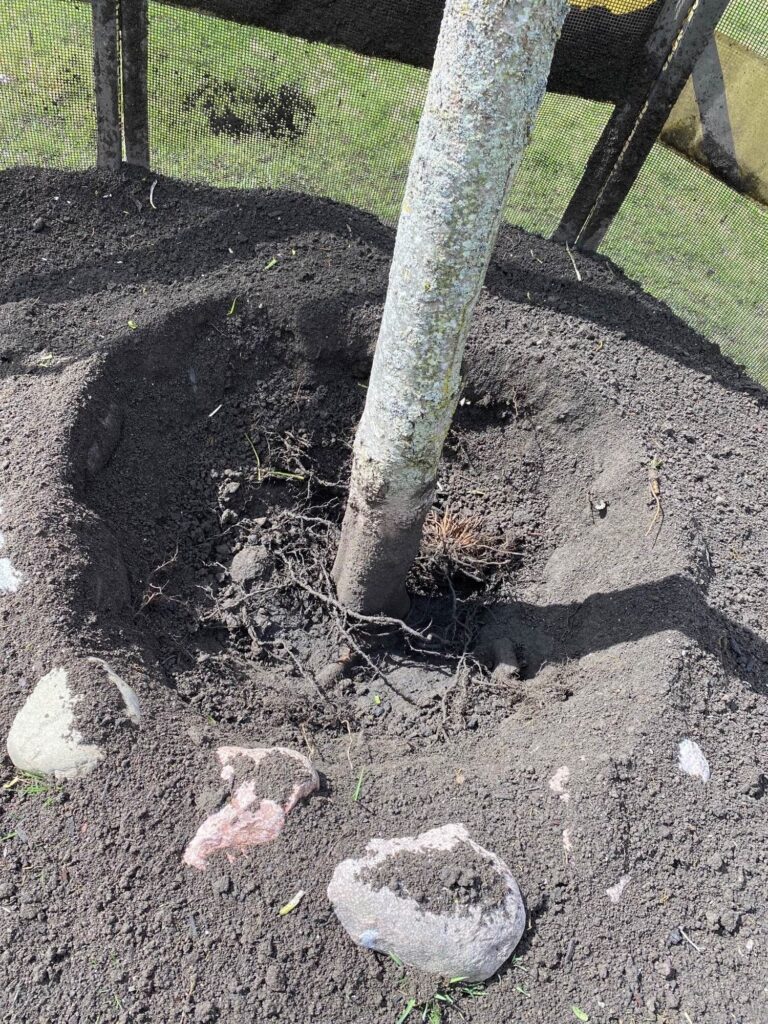
- Compacted Soil: Soil compaction can exert pressure on the root collar area, reducing the flow of essential nutrients and water to the tree. This can result from construction activities or heavy foot traffic around the tree.
- Mulch Volcano: The excessive application of mulch, especially when it is piled up against the tree trunk, can cause moisture retention and create a perfect environment for rot-inducing fungi to thrive. This condition is often referred to as a “mulch volcano.”
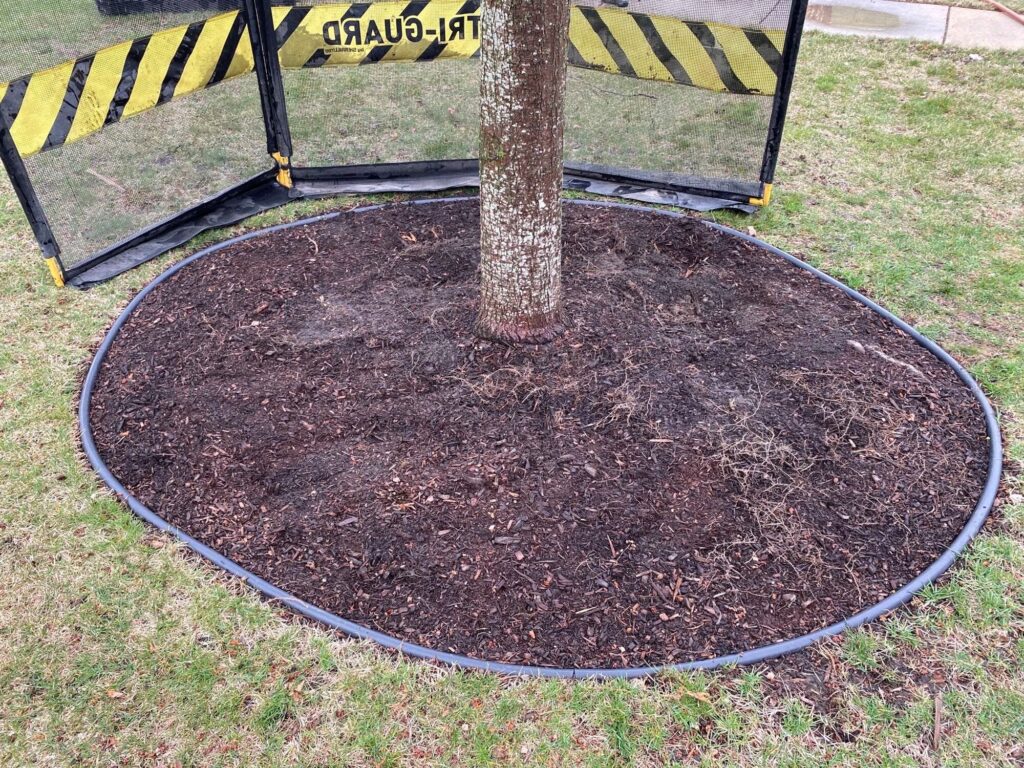
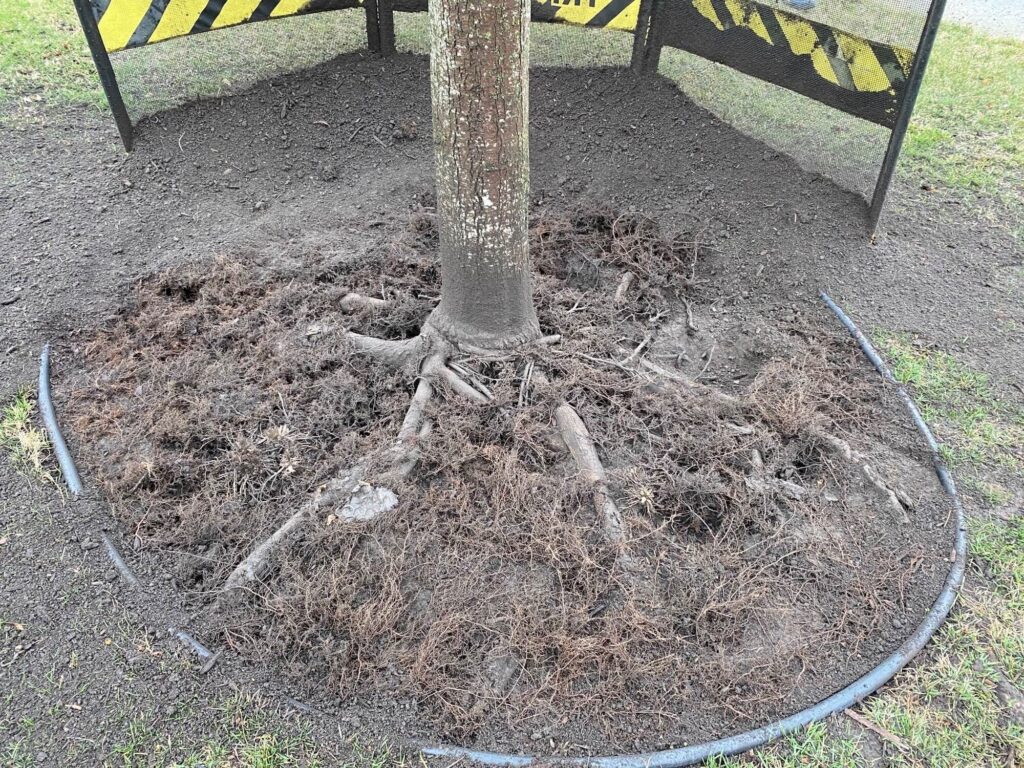
Trunk Restrictions and Girdling Roots
Trunk restrictions, such as girdling roots, are a particularly concerning aspect of root collar disorders. Girdling roots can gradually constrict the flow of water and nutrients between the roots and the rest of the tree, essentially choking the tree’s circulatory system. As a result, the tree’s health deteriorates over time. Girdling roots can also compromise the structural integrity of the tee, making it more susceptible to wind and storm damage.
Addressing girdling roots may require careful excavation and root pruning, a procedure that should only be performed by certified arborists. It is crucial to address girdling roots as soon as they are detected to prevent further damage to the tree.
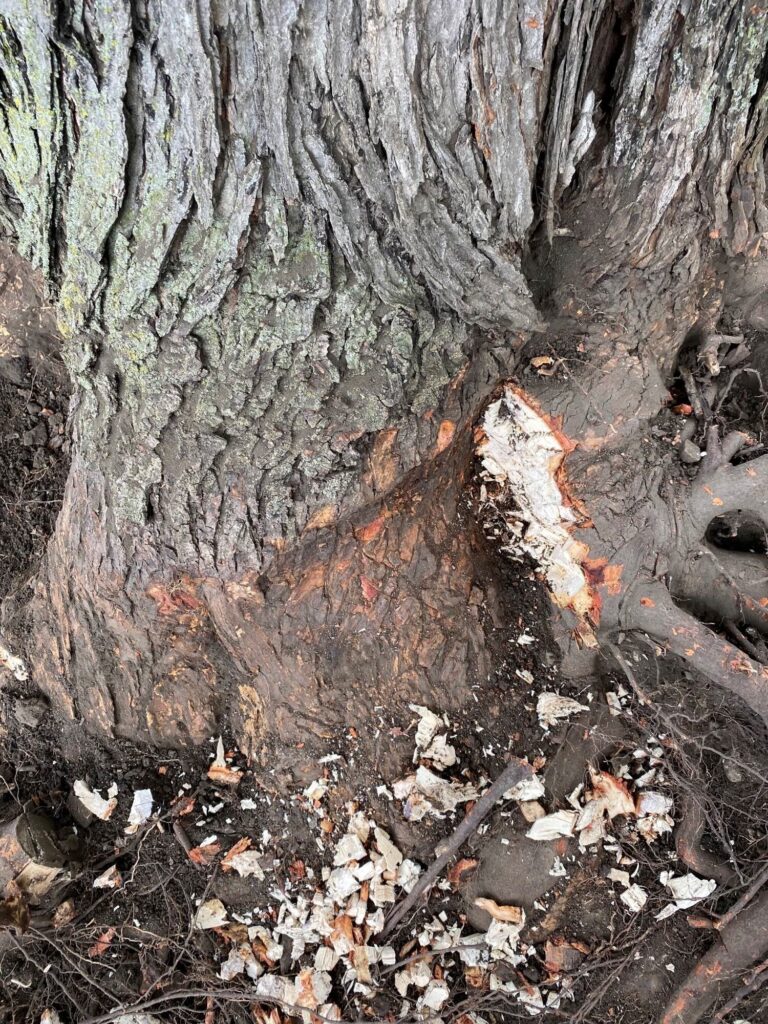
Symptoms of Root Collar Disorders
Identifying root collar disorders early is crucial for tree health. Symptoms may include:
- Bark Damage: Look for peeling, cracking, or loose bark around the root collar area.
- Fungal Growth: Fungal growth, such as mushrooms or conks, can be indicative of rot or decay.
- Sparse Foliage: Trees with root collar disorders may exhibit sparse or discolored foliage, as they struggle to access water and nutrients.
- Leaning or Instability: As the root collar weakens, the tree may become unstable and lean to one side.
Air Spading: A Valuable Diagnostic Tool
In our air spade blog post created in August, 2023, we emphasize the valuable diagnostic tool known as the air spade. This specialized equipment allows arborists to uncover a tree’s root collar without causing damage. By carefully removing soil from around the base of the tree, the root collar’s condition can be assessed, and any issues, including root collar disorders and girdling roots, can be identified and addressed.
Solutions and Management
- Proper Planting: Ensure that trees are planted at the correct depth, with the root collar exposed slightly above the ground surface.
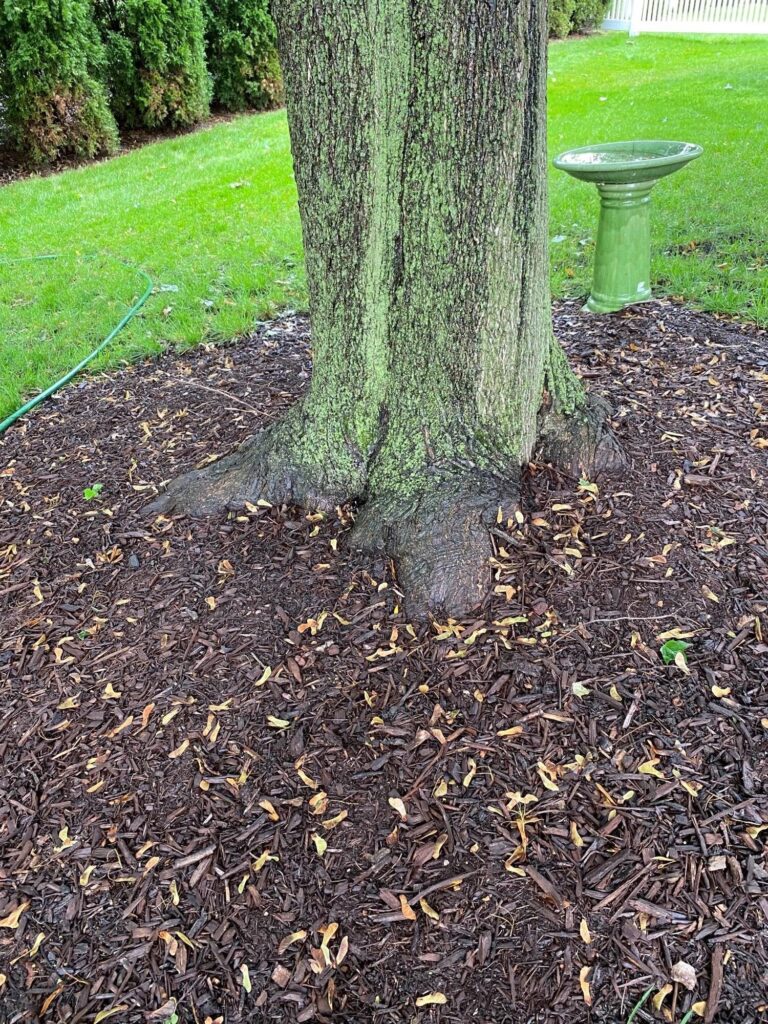
- Soil Aeration: If soil compaction is an issue, consider soil aeration techniques to improve water and air movement to the roots. In our Air Spade blog post in August, we emphasize the importance of using an air excavation tool to gently remove soil around the root collar without causing damage.
- Mulch Management: Apply mulch properly by creating a mulch ring around the base of the tree without touching the trunk. This helps maintain adequate moisture while preventing fungal growth.
- Fungal Control: If fungal infections are identified, consult with our certified arborists for appropriate treatment options, which may include pruning and fungicide applications.
Root collar disorders in trees can be detrimental to their health and longevity. Proper planting, soil management, and vigilant monitoring are essential for preventing and addressing these issues. If you suspect your tree may be suffering from a root collar disorder, don’t hesitate to seek professional advice. For expert tree care services, call Homer Tree Care today! Your trees deserve the best care to thrive and beautify your surroundings.

